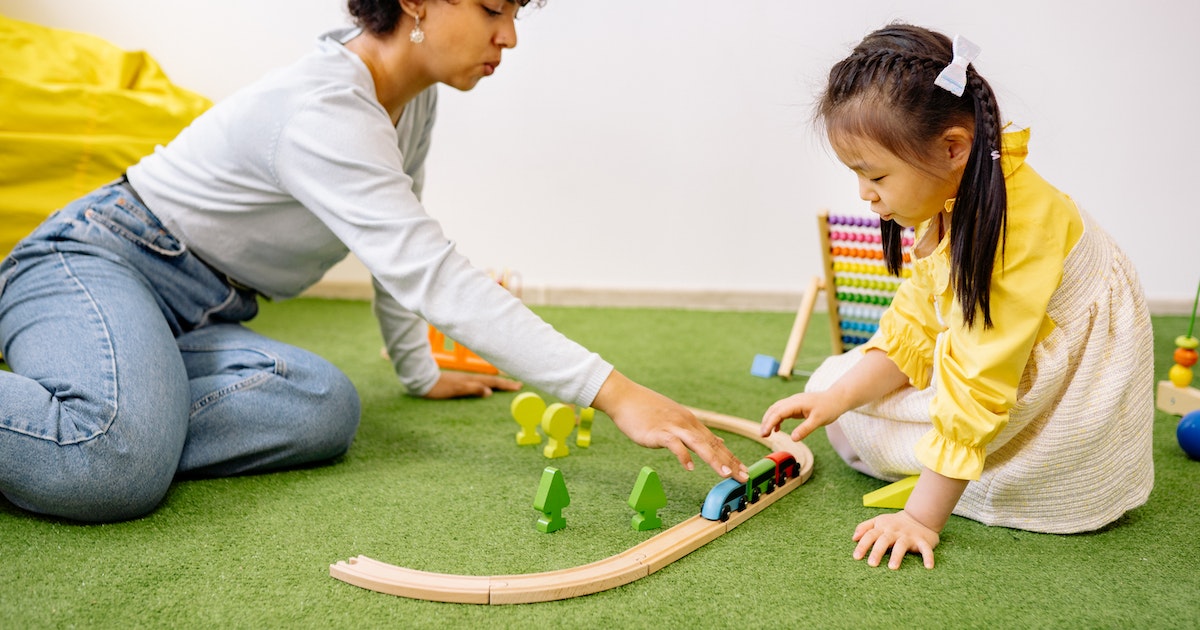5. Make Use of Visual Cues
Visual cues can be physical items, photographs, or symbols. It can be as basic as pointing to and naming an object. For example, if you are holding a toy car, you can say, “That’s a car. A red car.”
You can elaborate on this if your youngster is a little older. You can gesture to their shoes and say, “we put on the shoes, then we can go outside,” to a 2 to 3-year-old youngster.
A similar method can be used to call their attention to a person’s sentiments or emotions. You can do this with pictures or picture cards. Sit down with a deck of emotion/feelings cards.
Make a cheerful expression and tell them, “That man is happy.” “That man is sad and crying,” you say, making a crying face.
6. Provide two or more options
From a young age, your child should comprehend the concept of options. Don’t give them directives or commands at all times. Give them options.
When it’s time to go out, for example, lay out two sets of clothes and ask your child, “Which t-shirt do you want to wear? “Which one, the blue or the green?”
Try to use this method in as many ways as possible. It will improve their ability to make decisions for themselves and raise their self-esteem in the long run.
7. Exercise Expectant Waiting
Assume you asked your youngster a question. It is now your turn to wait. Take your time with them. Wait for a reply. If your child becomes distracted, rephrase the inquiry. There’s always the possibility that your child misunderstood the query.
Waiting can be difficult for adults. However, it is the most important skill that parents must learn in order to teach their children prompt reactions.
Another technique to practice expectant waiting is to switch roles. Wait 5 seconds after the youngster points to an object before handing it over. Yes, they will lean over and try to grab, but they will also be anxious to utter the name of the object they seek.
